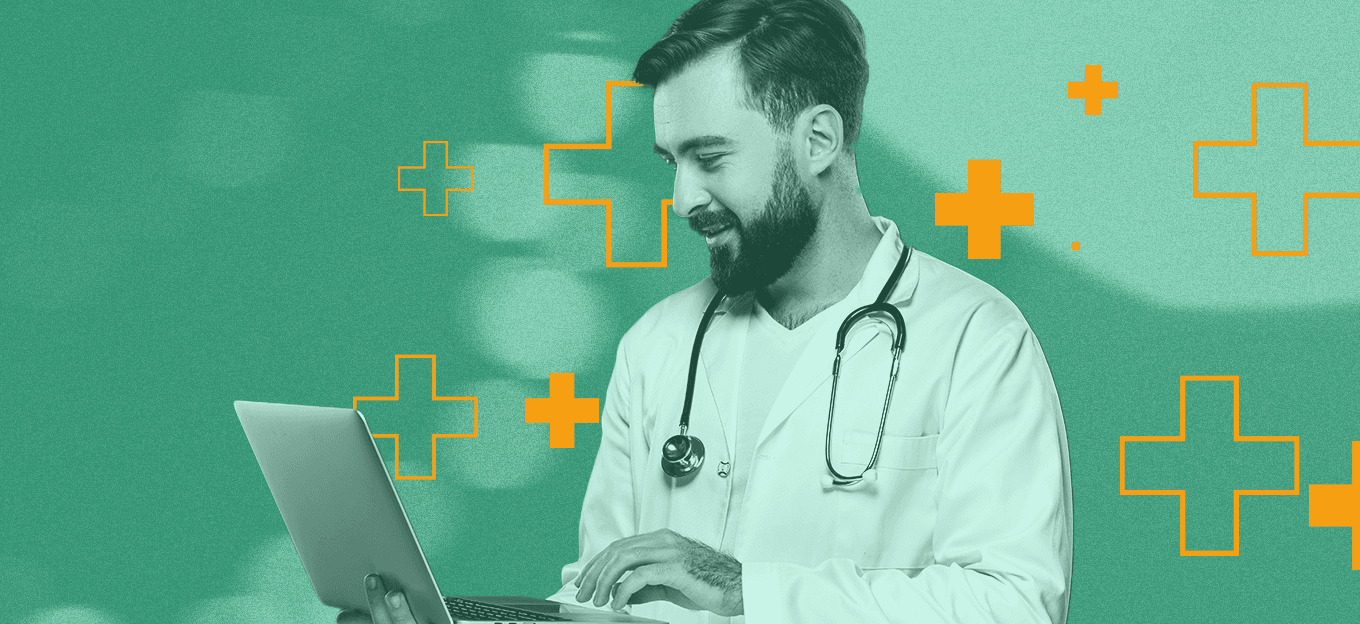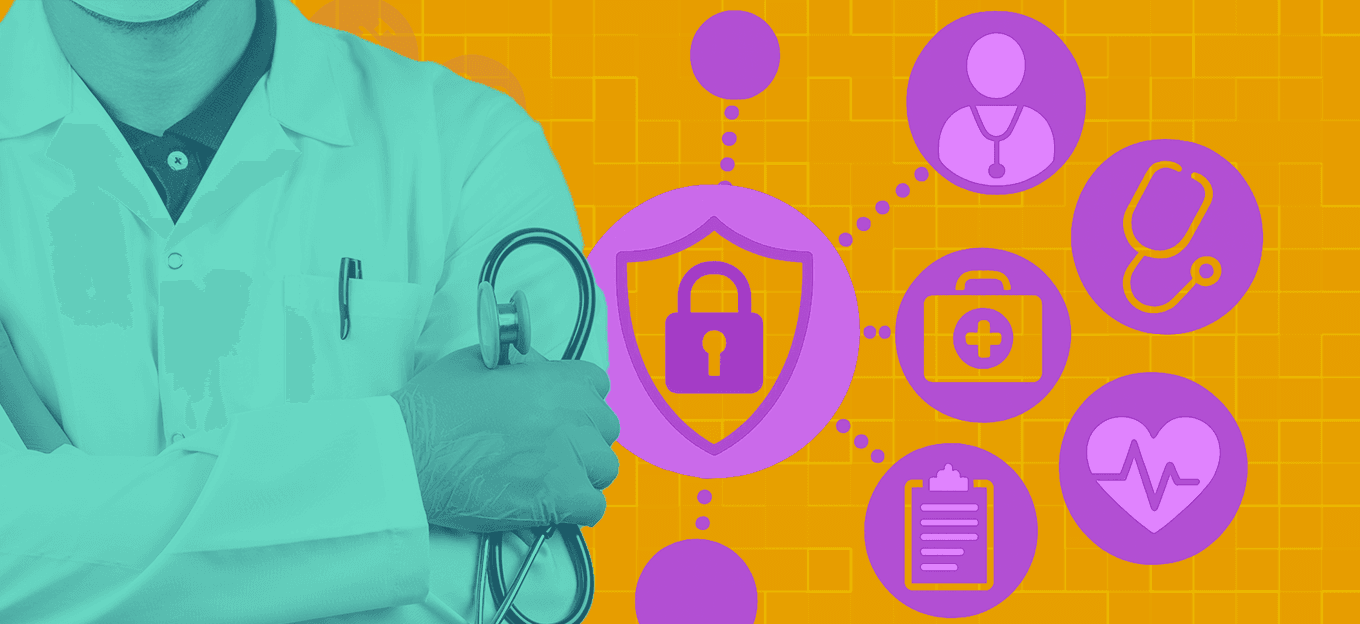IoT Applications for Healthcare Payers
IoT Applications for Healthcare Payers
- Last Updated: December 2, 2024
Carrie Cosgrove
- Last Updated: December 2, 2024



IoT is huge, and it’s only growing bigger. You can find connectivity everywhere from commercial farms to your water bottle. No longer do we just see “IoT”; we're also witnessing the rise of industry-specific segments such as IIoT (industrial internet of things) or IoMT (internet of medical things.) One of the biggest market opportunities in IoT is within IoMT, and there are a ton of IoT applications for healthcare payers.
Market researchers at Deloitte estimate IoMT to become a $158B industry by 2022 with over 2/3 of medical devices being connected. Many healthcare organizations and consumers have already latched onto this by way of wearables, such as FitBits and Garmin watches, occasionally referred to as "FitTech."
So what does the future of IoMT-enabled healthcare look like? First, it’s important to understand who the players are in the American healthcare system in order to show how IoMT will improve the industry. Healthcare in the United States is one of the most complicated industries. It's composed of many moving parts, including but not limited to health plans, health systems, hospitals, third-party administrators, accountable care organizations, and consumers.
Fundamentally, for IoMT to take hold in the healthcare industry, it can’t be a one-size-fits-all approach. The way healthcare payers (an umbrella term for those providing health insurance) utilize IoT will differ significantly from that of a healthcare consumer.
For #IoMT to take hold in #healthcare, it can’t be a one-size-fits-all approach. The way healthcare #payers utilize #IoT will differ from that of a healthcare #consumer.
We’re going to analyze IoT applications in healthcare in a three-part series: applications for healthcare payers, health providers, and consumers. Let’s take a look at payers and understand the transformation they will undergo with mass adoption of IoMT.
Payers
Insurance is ripe for disruption—a fact not lost on insurance companies. InsurTech has been the buzz around the industry for the past few years. As IoT technologies are proving beneficial in other industries less entrenched in regulations, the more the insurance industry is pushing towards adoption. Payers, as with most health-related organizations, have a slower adoption rate for technologies in comparison with insurers outside of healthcare. However, they're poised to implement technologies in a race to the top.
The American health insurance industry arose in the 1930s with the formation of Blue Cross Organizations.
Health insurance has changed over time, but with the advent of IoT applications for it, the potential for change is greater than we’ve seen before. Let’s discuss the avenues in which we’ll see applications for IoT within health payers.
IoT Applications for Payers
1. Underwriting
Medical underwriting is a bit like predicting the future. By utilizing health records and past claims, underwriters determine the risk associated with supplying health insurance to each applicant. This risk calculation helps payers determine the cost of the healthcare premium the individual will pay. Underwriters only receive snapshots of a person’s health—snapshots that could be wildly outdated or no longer reflective of a person’s current state of health. Especially with the inclusion of the pre-existing conditions clause to the Affordable Care Act*, payers must get an accurate picture of a new member’s current health to best determine their premium. So, how can payers fill the voids that rear-view claims and records allow?
*Quick refresher: the pre-existing conditions clause states that payers can’t deny individuals insurance and must cover expenses related to pre-existing conditions
By equipping consumers with IoT-enabled medical devices—even those as commonplace as a FitBit or a connected scale—underwriters can better understand what an individual’s health looks like daily, rather than at long historical intervals. With this wealth of information at helm for an individual, underwriters gain access to health data from periods of time that used to be non-existent in health records and claims.
Enabling IoT in underwriting helps in three significant ways: the bottom-line of the payer by better understanding what each individual new member will cost them; the consumer’s wallet by preventing lower-risk members from being improperly marked as high-risk based on one-off health encounters; and underwriters’ time spent on due diligence, especially avoiding unnecessary full medical underwriting (FMU.)
2. Wellness Programs & Loss Prevention
Payers have spoken: preventative care, not curative care, is best for consumers and payers alike. The fewer claims submitted, the better the bottom line. Preventative care is a perfect application of IoMT. Biometric sensors and other devices can collect real-time data from health plan members, help point to higher-risk metrics or lifestyle choices, and notify payers to get the correct members enrolled in prevention programs.
Another application is providing IoT-enabled monitors that track preventative and healthy actions to reward obliging members with lower premiums. An innovative example of this is Beam Dental. Their Beam Brush tracks a group’s tooth brushing habits (such as the dental habits of employees under their employer’s insurance plan) and allows their good habits to drive down the cost of dental insurance for their group. By activating members to take control of their health before chronic or acute health issues arise, payers will see success in loss prevention as well as a happier (and healthier!) member base.
3. Claim Process and Billing Automation
Payers grapple with significant inefficiencies with paperwork and billing, leading to thousands of wasted productive hours and exorbitant costs. Administrative costs now account for 31% of national healthcare expenditure, most of which is caused by unnecessary inefficiencies. IoT can aid in cumbersome tasks that waste administrative hours through intentionally-implemented AI solutions, such as determining whether a claim should be accepted or rejected for minor claims or processing payments. By freeing up administrative time from these tasks that can be automated, payers can invest more in programming for their members to drive focus towards prevention, which we’ve covered the benefits of in the previous section. This can allow for double savings—savings in administrative costs and savings in claims payments from healthier members. Look a little further down the road: these savings can drive lower premiums which create better member satisfaction, retention, and acquisition.
Conclusion
In a world where competition is fierce, it’s important that stakeholders adapt to technological changes and new standards for their industry. It's even better to be the one who sets that standard. Health insurance is quickly moving in the direction of IoMT. It’s just a matter of how and when the two converge that will determine outcomes for payers with skin in the game.
In the next installment in this series on IoT applications in healthcare, we’ll focus on IoT applications for health providers and how they can dramatically increase value in patient care.
The Most Comprehensive IoT Newsletter for Enterprises
Showcasing the highest-quality content, resources, news, and insights from the world of the Internet of Things. Subscribe to remain informed and up-to-date.
New Podcast Episode

Moving Past the Pilot Phase in IoT and AI
Related Articles





